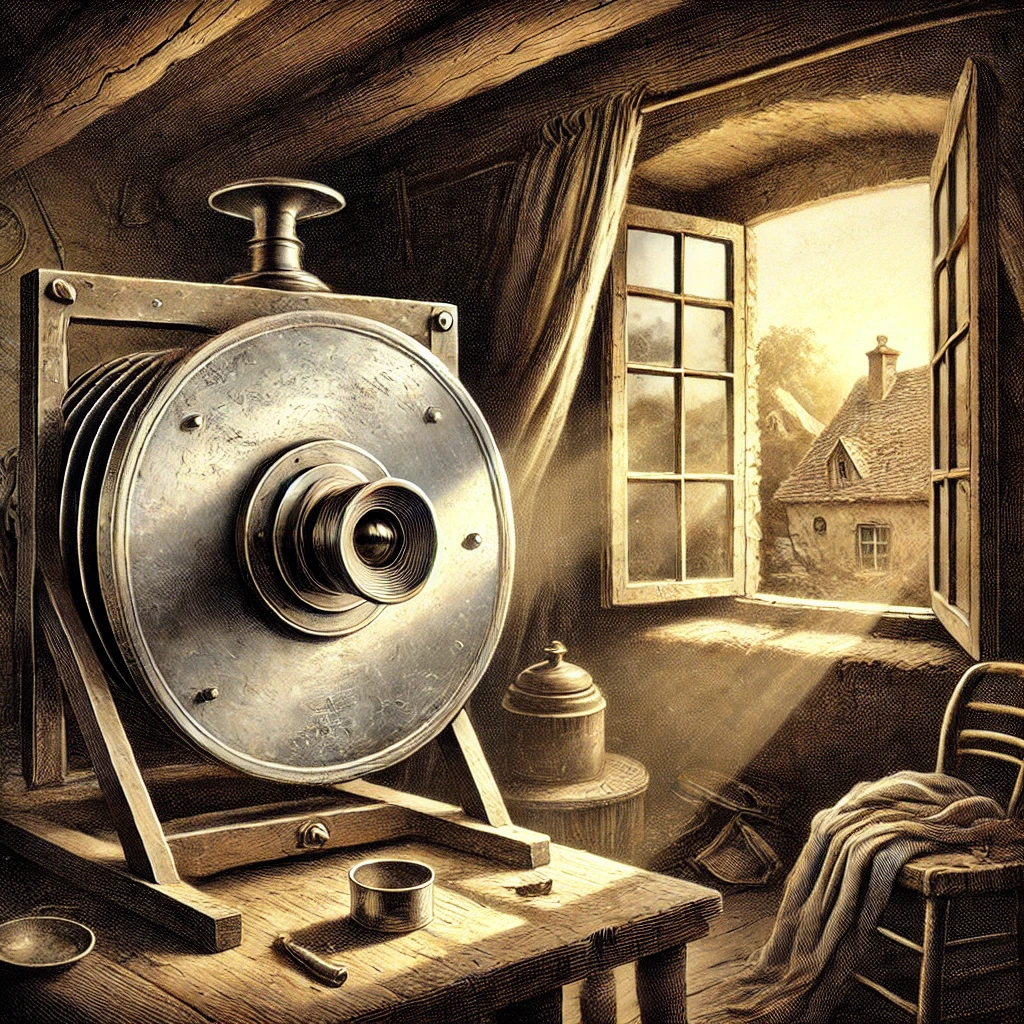If you’re new to photography, choosing the right camera can feel overwhelming with so many options on the market. Which type of camera is best for you? What features should you prioritize? In this guide on cameras for beginners, we’ll help you make an informed decision by exploring the best options, key features, and practical tips every beginner photographer should know.
What Should a Beginner Camera Have?
When starting in the world of photography, it’s important to choose a camera that’s easy to use but still offers enough functionality to grow as you learn. Here are some essential features:
- Automatic and manual modes: A good beginner camera should have an automatic mode that adjusts settings for you and a manual mode for when you’re ready to experiment with settings.
- Portability: Beginners often benefit from lightweight, easy-to-carry cameras.
- Ease of use: Intuitive controls and a user-friendly interface can make a big difference in the learning curve.
Types of Cameras for Beginners
The market offers several options, but which is the best camera for beginners? Here are the most common types and their advantages:
- Point-and-Shoot Cameras (H3): These are the simplest to use and generally don’t allow lens changes, but they offer great portability and an affordable price.
- DSLR Cameras (H3): A bit more advanced, these allow lens changes, offering more versatility. They’re ideal if you want to learn more advanced techniques.
- Mirrorless Cameras (H3): Compact like point-and-shoots, but they offer image quality and functionality similar to DSLRs, making them a popular choice for beginners who want more control.
Camera Recommendations for Beginners in 2024
Here are some of the most recommended cameras for those starting in photography:
- Canon EOS Rebel T7: Ideal for those looking for an affordable DSLR. It includes a 24.1 MP sensor and is compatible with a wide range of lenses.
- Nikon D3500: An economical model with great ease of use. It offers excellent images, perfect for learning how to use a DSLR.
- Sony Alpha a6000: A very popular mirrorless option, offering impressive performance at a reasonable price.
- Fujifilm X-T200: Combines an attractive design and great image quality, perfect for those wanting to learn photography more creatively.
Practical Tips for Choosing Your First Camera
Before making your choice, it’s important to consider several factors that could affect your final decision:
- Budget: Define how much you’re willing to spend and look for the best option within that range. Keep in mind you’ll also need accessories like memory cards, extra batteries, and perhaps a tripod.
- Intended use: Think about what type of photography you’re interested in. Are you drawn to landscapes, portraits, or maybe travel photography? Some cameras are better suited for certain types of photography.
- Compatibility and support: Some brands offer more lens and accessory options. Make sure you choose a camera that allows you to grow and improve your skills over time.
How to Improve Your Photos as a Beginner
Having a good camera isn’t enough; you also need to learn basic techniques to improve your photos:
- Composition: Follow the rule of thirds to achieve better balance in your images.
- Lighting: Take advantage of natural light whenever possible, and learn to play with shadows.
- Focus: Make sure the main subject is well-focused, using either auto or manual focus depending on the situation.
- Editing: Editing your photos can greatly enhance the final quality. Programs like Adobe Lightroom or free apps can work wonders.
Conclusion
Choosing between different cameras for beginners can be a challenge, but with the right information, you’ll find the option that best suits your needs and budget. Whether you prefer a compact, DSLR, or mirrorless camera, remember that the most important thing is to practice and enjoy the learning process. Over time, you’ll improve your skills and capture unforgettable moments. Don’t hesitate to comment with any questions or continue reading our related photography articles for more tips!


